Efficient Appliance Usage
To optimize energy-efficient appliance settings and reduce electricity consumption, focusing on unplugging and power consumption, as well as setting the right temperature, can make a significant impact on energy savings.
Unplugging and Power Consumption
Taking the simple step of unplugging appliances when not in use can lead to substantial energy savings. Phantom loads, the energy consumed by devices when they are plugged in but turned off, can account for a significant portion of electricity usage. According to SolarReviews, unplugging appliances when not in use can save up to eight to nine kilowatt-hours of electricity annually, contributing to lower energy bills and reduced environmental impact.
Using power strips or directly unplugging electronics and appliances is a practical way to prevent unnecessary energy consumption. By cutting off power to devices that are not actively in use, you can mitigate standby power usage and minimize energy waste, aligning with eco-friendly appliance usage practices.
Setting the Right Temperature
Another key aspect of optimizing energy savings is setting the right temperature on various appliances, particularly those that regulate heating and cooling. Adjusting thermostats to appropriate levels can have a significant impact on energy conservation, especially during peak seasons like summer and winter when heating and cooling contribute most to electricity bills.
According to SolarReviews, turning down the thermostat can help conserve energy, leading to lower utility costs and reduced energy consumption. Smart thermostats, which allow for remote control and programmable temperature settings, offer an efficient way to manage heating and cooling systems. As highlighted by This Old House, smart thermostats can save up to 10% on heating and cooling bills by adjusting temperatures optimally and avoiding unnecessary heating or cooling of unoccupied spaces.
By incorporating these energy-saving practices into your daily routine and utilizing the features of modern appliances like smart thermostats, you can make significant strides in optimizing appliance efficiency and reducing energy consumption, ultimately contributing to a more sustainable and cost-effective home environment.
Energy-Saving Appliance Features
When it comes to optimizing your household appliances for energy efficiency, incorporating energy-saving features can significantly reduce your energy consumption and operational costs. Let’s delve into two key features that can make a significant impact on your energy savings: Energy Star appliances and efficient lighting options.
Energy Star Appliances
Energy-efficient appliances, such as those labeled with Energy Star certification, are designed to use less energy without compromising performance. According to SolarReviews, these appliances play a vital role in contributing to lower energy consumption in households. By choosing Energy Star appliances, you can save on utility bills and reduce your overall energy usage.
Grocery stores, for example, can achieve a score in Portfolio Manager that determines their energy efficiency. Stores with a score of 75 or higher are eligible for ENERGY STAR certification, leading to substantial energy savings. ENERGY STAR certified buildings, on average, utilize 35 percent less energy than similar buildings nationwide, resulting in lower utility bills (ENERGY STAR).
The average U.S. household spends approximately $2,000 annually on powering electronics, heating, cooling, water heating, and lighting. Opting for energy-efficient appliances can save families hundreds of dollars each year on utility bills. The long-term savings from these appliances can offset any initial price difference compared to less efficient models, making them a wise investment (NRDC).
Efficient electric appliances offer substantial energy savings, using three to five times less electricity for the same tasks. These appliances are designed to heat water, cool or heat homes efficiently by transferring heat, and cook food more precisely by generating heat directly in the cookware. Selecting energy-efficient appliances can lead to noticeable reductions in your energy bills.
Heat pump water heaters represent an innovative and environmentally friendly solution for heating water. They emit zero greenhouse gas emissions or toxic substances during operation and are more efficient than electric resistance heaters. This makes them a cleaner and more effective option compared to traditional gas or propane water heaters (NRDC).
Efficient Lighting Options
In addition to energy-efficient appliances, replacing traditional lighting with efficient options can further enhance your energy savings. Efficient lighting solutions, such as LED bulbs and fixtures, consume less energy and have a longer lifespan compared to traditional incandescent bulbs.
By switching to LED lighting, you can reduce your energy consumption and lower your electricity bills. LED bulbs are not only energy-efficient but also produce less heat, making them a safer and more eco-friendly lighting choice for your home.
When considering energy-saving appliance features, prioritizing Energy Star appliances and efficient lighting options can make a significant impact on your energy usage and savings. Incorporating these features into your home can not only benefit your wallet but also contribute to a more sustainable and eco-friendly living environment. For more insights on optimizing your appliance efficiency, explore our article on optimize appliance efficiency.

